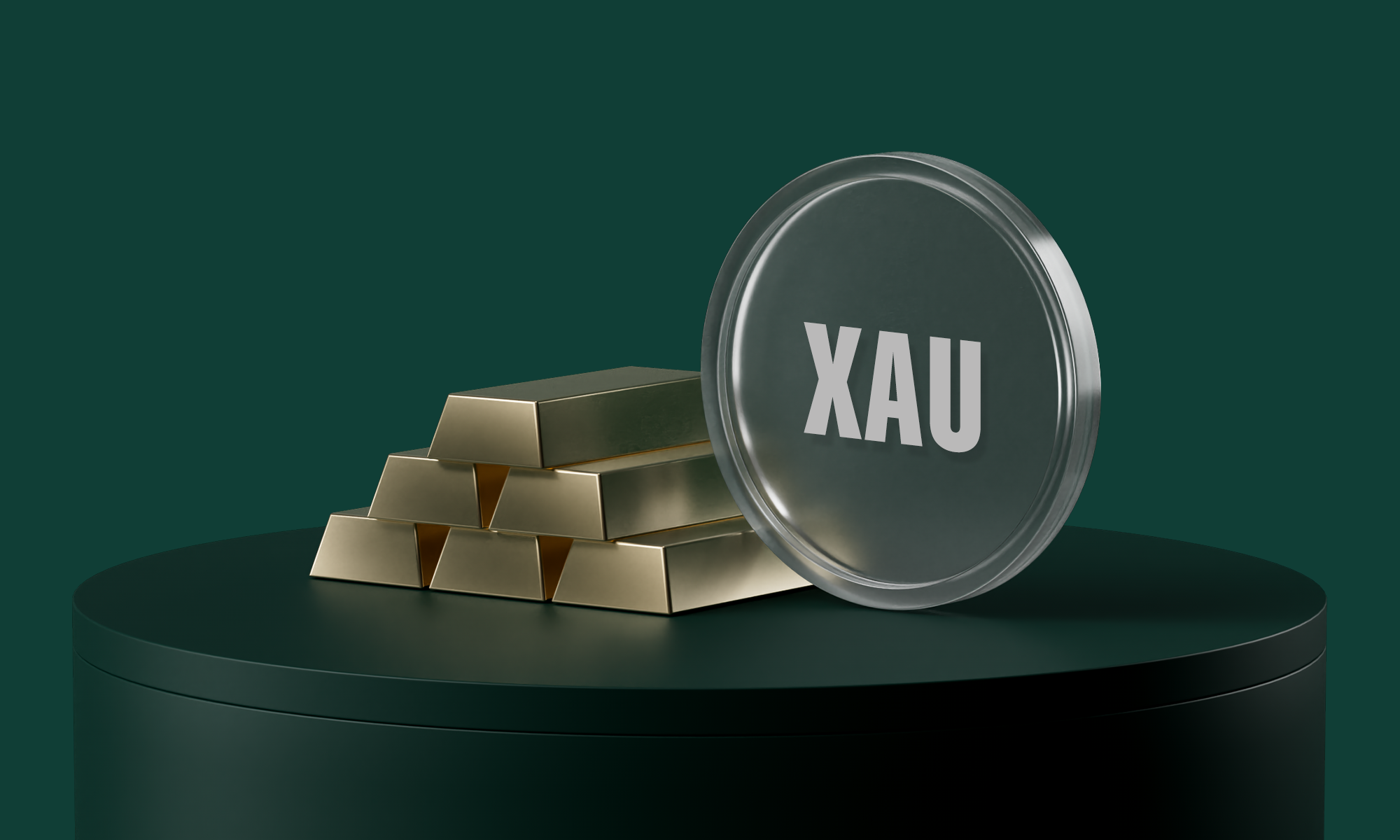Central banks drive the gold price
On a global scale, central banks are among the biggest net buyers of gold for their foreign currency reserves. Foreign currency reserves are the funds held by central banks on the assets side of their balance sheet in foreign currencies.
Foreign currency reserves are made up of precious metals, special drawing rights and other assets as back-up of funds. Governments hold these reserves in case the nation’s own national currency is completely devalued.
Today, with economic developments in leading global nations increasingly uncertain, nations are seeking to diversify away from currencies such as the US dollar for their foreign currency reserves. In order to avoid possible fluctuations of major fiat currencies, central banks are increasingly buying gold bullion instead.
Foreign currency reserves are made up of precious metals, special drawing rights and other assets as back-up funds.
Gold is an industrial metal
However, gold is not only a popular store of value for governments and investors. It is also a popular industrial metal. Gold is particularly heavy, versatile, does not age, has a high density, is resistant to acids, is a great conductor of electricity, does not corrode, rejects infrared radiation and, thanks to its high ductility, is one of the metals that can be best formed.
Many high-tech devices such as smartphones, laptops and tablets that we use every day would not operate without gold. The semiconductor industry relies on gold for microprocessors. So too does any manufacturer using infrared light, which can be used to heat objects directly without going through the air and many other fields.
Increasing demand for gold
Back to investing. As gold does not generate interests or yield dividends, investors measure the return on their investment (the earnings) based on opportunity cost - the regular income that investing in another asset would have generated for the investor. In simple terms, this means how much you would have lost in earnings because you invested in gold instead of another asset.
Especially recently, investor demand for gold has been increasing owing to the low interest rate policies of central banks. Low yields on government bonds are generating little earnings for investors. As investors are realising that they should not rely on central banks to raise interest rates for the time being, this trend is expected to continue.
As gold does not generate interests or yield dividends, investors measure the return on their investment (the earnings) based on opportunity cost.
The price of gold is also somewhat influenced by consumer demand for gold jewellery in cultures where gold is part of a woman's marriage dowry or used as collateral.
Portfolio diversification
Finally, gold has always been considered a reliable addition to investment portfolios. As mentioned, it is considered a store of value and a hedge against inflation, on the other hand, investing in gold is easy even for investors who are just beginning.
In any case, diversifying your portfolio with gold and cryptocurrencies has great potential to reduce investment risks and to increase returns. Read our next article to learn about the similarities and differences in improvement proposals of Bitcoin and Ethereum.
